The Village Movement
Villages are self-governing, grassroots, membership, nonprofit organizations run by volunteers, and sometimes paid staff, that coordinate access to a variety of services and activities for seniors wanting to maintain independence in their own home.
A majority of Villages are formed as a 501(c)(3) not-for-profit charitable corporation, with members, directors, and officers that provide direction to the formation and continuous development of the Village. Some Villages are operated as a program under a larger, local nonprofit senior services organization.
Geographically defined, Villages are developed in areas that best meet the needs of that particular Village. Villages are organized in neighborhoods ranging from several blocks, to an urban or suburban neighborhood like “Bethlehem Village”, to a rural area with a multi-mile radius.
“Villages” are named after the first Village established in 2002 — Beacon Hill Village. The name “Village” is used to describe the concept of coordinating a variety of existing senior services, local services, volunteers, and new partnerships to assist seniors to remain independent. At 17 years, the Village Movement is a relatively new concept of aging-in-place.
Today there are nationally over 260 open Villages and more than 80 in development in 45 states.
There are 18 Villages open in New York State, with others in development including several being planned in the Capital District.
Volunteerism
Volunteers are the foundation in the development and operation of the Village services and programs. The “Village” movement was founded with the idea of “neighbors helping neighbors” to remain in their homes for as long as possible.
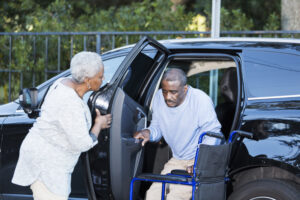
Typically, a majority of the Village members will volunteer to provide services, (transportation, friendly calls…) or organize social events (book clubs, biking…) for the Village. Village volunteers can also be non-members of all age groups, especially for providing services including technology assistance.
For many Village members who volunteer their time and expertise to other members of their Village, it’s an opportunity to give back to their community at a time in their life when they are able to do so.
A growing body of research shows an association between volunteering and mental and physical health benefits. In particular, older volunteers report lower mortality rates, lower rates of depression, fewer physical limitations, and higher levels of well-being.
Social isolation is being recognized as a major health risk for seniors that are not able to participate with friends and peers in community activities. Developing a social network is difficult at any age, yet seniors often have less opportunities for meeting new friends. Villages allow their members to engage in a wide variety of social and educational events.
Membership
Members pay an annual membership fee to obtain access to social events, Village services (provided mostly by volunteers) and businesses who have been vetted and approved by the organization.

Each member pays an annual fee that can range from $20 to $1,500, with most all-volunteer Villages annual dues averaging $100 to $250. Most Villages offer discounts or subsidies for lower-income residents, and most take part in fundraising efforts to support their communities. Villages with paid staff often have higher membership dues.
The Village often will negotiate discounts for their members to local health clubs, professional services or social events, offsetting the cost of dues. In addition, business and community services are often available to Village members at a discounted rate.
Some Villages are offering “Social” and “Full” membership options. “Social” membership dues are lower, but do not offer services, or offer a limited number of services available to the “full” membership. “Social” memberships include events, educational sessions and other activities.
Services and Programs
Villages coordinate a variety of volunteer services, programs, educational events, and social activities.
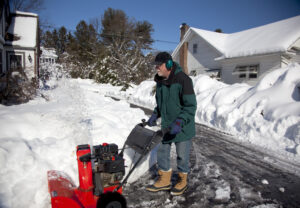
A distinguishing feature of this grass-roots movement is the variability seen among individual villages, as each Village develops in response to its own members’ expressed needs and preferences.
The services, programs and social activities offered at a Village is unique to each Village based on the needs of their members.
Services offered to Village members typically can include:
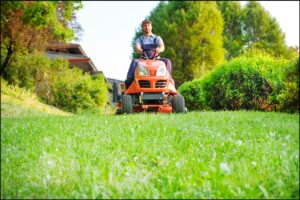
- Transportation (medical and social)
- Light home maintenance and repairs
- Shopping
- Friendly calls and visits
- Computer services and technology support
- Pet care
- Financial advice
- Home evaluation for safety and accessibility
- Short-term help with meal preparation
- Yard work
- Referrals from members for recommended business services including plumbers and electricians, legal or financial advisers
Programs and activities organized for Village members typically include:

- Book clubs
- Hiking, walks and biking trips
- Museum visits
- Special interest groups
- Concerts and plays
- Exercise classes and yoga
- Wellness classes
- Educational classes
- Trips to local and regional events
- Lunches, dinners, parties
There are a variety of ways services are connected to members including using Google phone to call-in and connect services, and using on-line platforms such as Club Express and Helpful Village that are used to connect a specific member request to their services.
Community Partnerships
Community Partnerships are vital to successful Villages. Villages strive to partner with existing community and aging service providers, and connect their members to these services. Villages then provide “gap services” for those services and activities not already provided. Since each community has a unique offering of services for their seniors, each Village is different in the services they provide and coordinate in response to the needs of their members. Partnership contributions to the Villages can include direct funding, space to hold events, services to assist Village members, information and technical assistance, and marketing Village activities.
Partners that assist Villages in providing services and events include:

- Existing senior service agencies
- Individual donors
- Local and national foundations (Albany Guardian Society…)
- State agencies (New York State Office for the Aging…)
- Libraries
- Health clubs (YMCA…)
- Restaurants
- Schools and Universities
- Faith communities
- Clubs
- Senior housing communities
- Theaters, museums, shopping centers
Vetted Services

A service offered by several Villages to their members is providing a list of highly qualified contractors, businesses, and services that can assist in staying safely in their homes. Think of a local “Angie’s List” of service providers that members have had successful experiences. Villages will “vet” the person or service by conducting background checks to ensure that they are a reputable business. The list becomes an important tool for members to obtain the needed services to remain independent in the community.
The Capital Region Villages Collaborative (CRVC)
The Capital Region Villages Collaborative is a group of individuals, agencies, organizations, and Villages interested in forming, operating, and supporting Villages in the Capital Region surrounding Albany, New York.
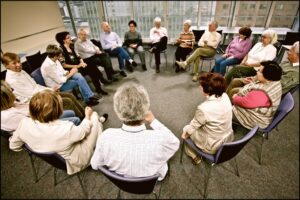
The CRVC convenes regular meetings with Village updates, networking opportunities and educational presentations on aspects of developing and operating a Village. The CRVC provides resource materials, a listserv, and a website dedicated to developing Villages in the Capital Region.
The Capital Region Villages Collaborative meetings are usually held every other month at the Carondelet Hospitality Center in Latham, New York.
Villages Technical Assistance Center (VTAC)
Are you interested in learning more about how to organize your own Village? In 2019, a partnership between the New York State Office for the Aging and the Albany Guardian Society established the Villages Technical Assistance Center (VTAC) to assist individuals and organizations to understand the technical aspects of developing a Village, including:

- how to file as a business in NYS
- how to incorporate as a 501(c)(3)
- how to publicize the Village concept in your own community
- the difference between a staffed and all-volunteer Village
- the organizational and governance structure of a Village
- how to develop a Village business plan
- developing a Village business plan
- developing a Village initial and ongoing budget
- how to determine the services offered to members
- building community partnerships
- how to fund raise for the Village
Starting a Village
If you were able, would you help your neighbor, if they needed help?
Could you use a little assistance to remain in your home?
Would you like the ability to organize or join in new and exciting activities?
If you answered yes to any of these questions, consider learning more and getting involved with the Village Movement in the Capital District by:
- Joining the Capital Region Villages Collaborative by calling Albany Guardian Society at 518-434-2140, or email your interest at ags@albanyguardiansociety.org.
- Contact the Albany Guardian Society @ ags@albanyguardiansociety.org to assist with the following activities:
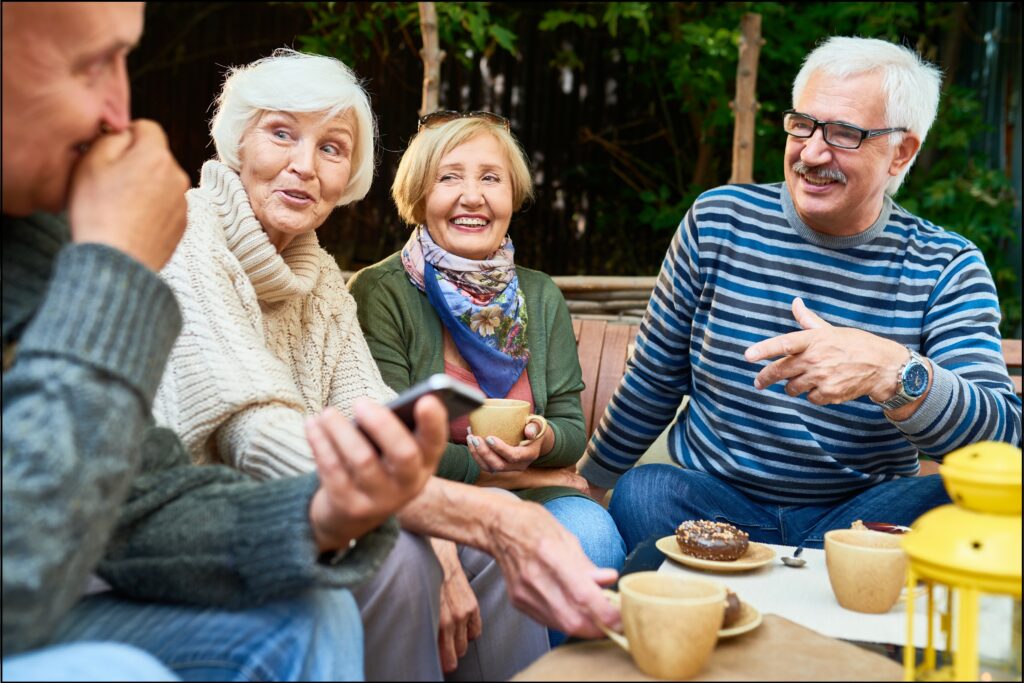
- Get together a group of people in your neighborhood passionate about staying in their own homes and the Village concept.
- Ask your talented friends if they are interested, hold community meetings to find passionate people, and gain volunteers for the steering committee and other committees.
- Look at Villages across the country using the Village to Village Network map. Look at their websites to see what they provide. Find Villages in similar regions with similar demographics to see how to structure your own Village.
- Assess your community: conduct survey and focus groups.
- Research the demographic of your area, gather reports or studies on aging or livable communities, determine the resources in your community, talk with all your social service and local government agencies to educate them of your Village concept.
- Meet with the already existing agencies that provide services in your area. To get feedback on the idea of collaboration.
- Hold community meetings to engage other interested people to develop the Village. Identify the geographic area: Whole city, one or more towns or one or more neighborhoods, Answer the questions: Is a Village in your area feasible? Do you and your neighbors want it?
- Have fun!
